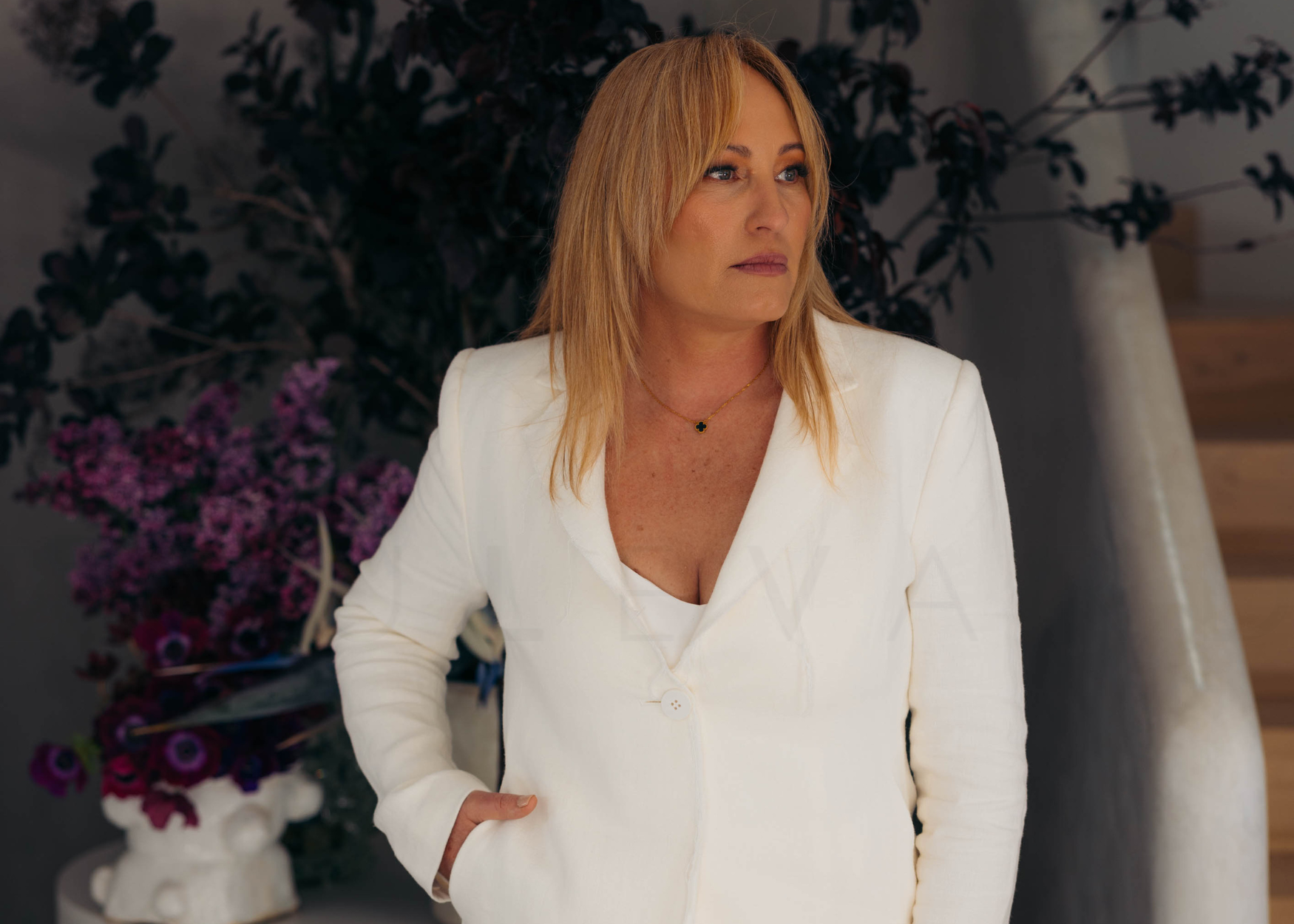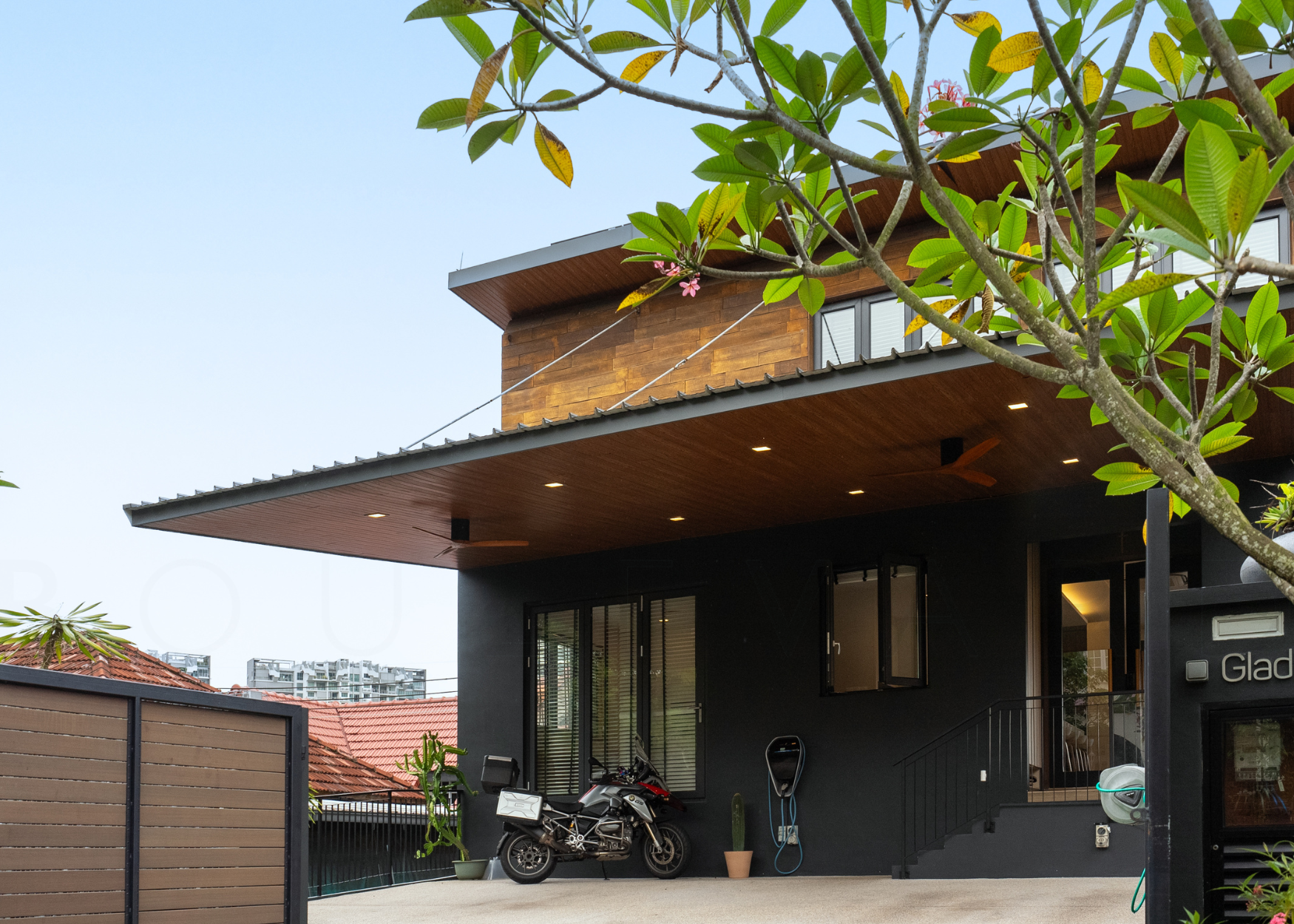The interview: Tamara Grischy, general manager of Langtons, on the globalisation of Australian fine wine
For more than three decades, Langtons Classification has served as the ultimate form guide for connoisseurs. It has found, recorded and predicted how demand, preferences and wine styles have ebbed and flowed over the years, as well as the emerging influence of Australian fine wines globally.
With more than two decades’ worth of experience with Langtons, General Manager Tamara Grischy has personally seen the transformation of the business, and, by extension, the greater Australian fine wine market. Here, she talks us through the different periods of the country’s modern winemaking, exciting new techniques and the unique character of Australia’s top wineries.
“We’re not no longer internationally just known as sunshine in a glass. Those late-’80s and -’90s kind of promotional stuff doesn’t apply anymore. We are about diversity, and being Australian and reflecting the land.”
Boulevard: How has the Australian fine wine market evolved over the past decades?
Tamara Grischy: I started my life in wine in the early ’90s. I would say that Australia is really sophisticated now with our winemaking approach: the styles, the marketing, the selling, everything. Back when Stuart Langton started Langtons Fine Wines, he started this because he discovered a demand for Australian wine.
We’ve kind of grown up over the last decade or so, but when he started, he recognised, ‘Wow, there’s something in this here with this fine wine and auctions’. That’s how Langtons Fine Wines came about. We started to look, and that’s where we actually defined a classification. So Langtons classification is a form guide. Back then, there was only 34 wines. As time went along, it’s been renewed and now continues to reflect the market every five years. It’s basically based on like the 1855 Bordeaux classification.
In ’87, we found that consumers needed a guide to what were Australia’s finest wines. Back then, the top of the lists were names like Grange, Hill of Grace and Mount Mary. Today, we’ve just released our new version of the Langtons Classification, and there’s like 100 wines in that guide.


Blvd: What had been some of the major indicators that helped the market shift?
Grischy: One of the biggest influences in fine wine from a global, investment and Australian perspective, is the evolution of the Australian experience. When the wine critic Robert Parker started to discover Australian wines, and started to report on our wine styles – particularly Shiraz and ones from the Barossa Valley – he made them 100-point wines. That started to propel and change the market again, because here was this global opinion leader. He was a tremendous influence on the global market at the time, and he really brought a focus on Australian wine.
Big style wines and alcoholic style wines would change the market again. It suddenly went into a more Barossa-dominated area, and then we started looking at investment opportunities. Customers went, ‘Okay, I bought this wine for $50. Now, Robert Parker’s given it 100 points, and I can resell it’. Suddenly, it’s $150.
But then we again developed, and the winemaking community developed, and the ‘Parkerism’ sort of softened. I think we’re now in a space where the wines today are far more balanced, focused and elegant. They are in and driving consumer interest and demand. In terms of investment, it is still there, but we’ve now got a very balanced approach and a more knowledgeable, sophisticated market.
Blvd: Australian wine has become more varied in terms of distribution, approach, styles and the overall market performance in the post-‘Parkerism’ years. Would you say that was a golden age for Australian wines?
Grischy: There was a moment of real global reaction then. Parker changed the styles. Was it golden? There are probably a number of producers that would disagree. For example, South Australia was very focused. There are a few wines in the Hunter Valley that were obviously in focus. But Margaret River kind of missed it because they couldn’t grow the styles that Parker loved at that stage. They were still delivering these beautiful, balanced, elegant wines.
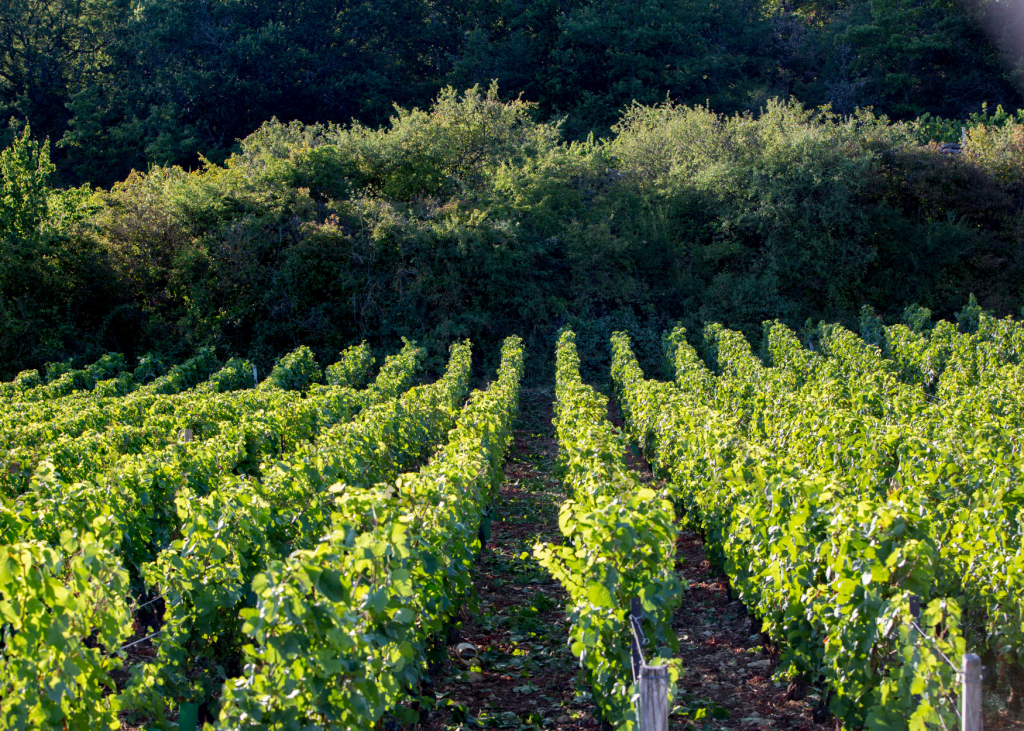
I think it was more of a period of a lot of learning, reflection and questioning on what styles did we really want to create. Did we want something classic that had longevity and not necessarily this choppy result? The successful wines that are in the marketplace today have consistency and exquisite quality. They have the storytelling attached to it, with this ‘modern but traditional’ approach.
The market has matured since that period. Now, it reflects who we are, where we’re from and what we want to make. The great wineries and wine brands within Australia do not want to copy Burgundy. Australia can now stand there and say, ‘We are some of the greatest wines of the world, as well’. The great winemakers reflect their land and that difference.
Blvd: Can you speak more on the unique character of Australian wines? What are some of the greatest vintages to invest in?
Grischy: Of course, you can go and choose from wines from the 90s, 91s, 94s, 96s, 98s and 99s. But then we can now say that a 2020 vintage was not so great for, let’s say, Macedon Ranges, which is a high-country little region in Victoria. Or for Hunter Valley, in the northern New South Wales, it was a great vintage for Margaret River. Or it was a great vintage for Tasmania or Southern Tasmania and so forth.
I think that the character of Australian wine is defined by its diversity. It reflects where the grapes are growing and the climates they are in. We’re not no longer internationally just known as sunshine in a glass. Those late-’80s and -’90s kind of promotional stuff doesn’t apply anymore. We are about diversity, and being Australian and reflecting the land. All the different pockets and all the little microclimates within, let’s say the Yarra Valley or Barossa, from the northern grounds to the bottom, they’re all different vineyards that have their own uniqueness and beauty.
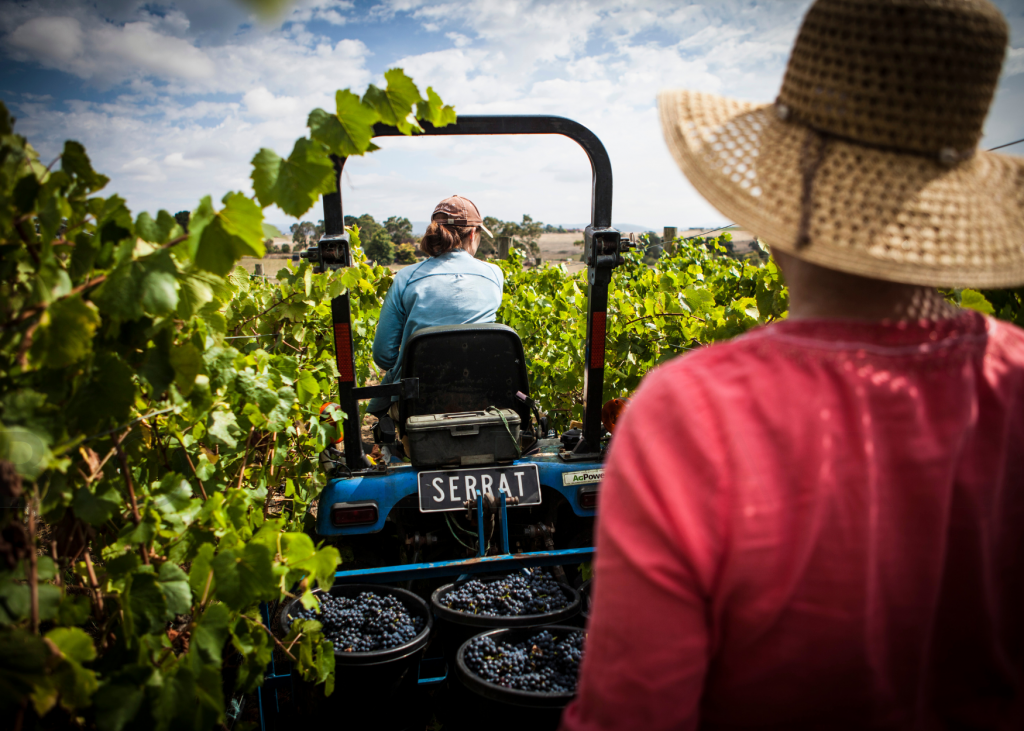
Blvd: We’re also starting to see more major auction houses institutions add more fine wines and spirits to their respective catalogues. What are some emerging trends that you see in the region that might affect the Australian wine market?
Grischy: I think wine buyers are looking for that consistency of quality. They are also especially looking for magic. What is magical about this wine? What is magical about this brand? Wine buyers today are much more demanding, sophisticated and savvy in Australia. They read a lot because of access to information and internet and publications like yours.
They want elegance and balance but also want something that is complex and interesting. Wendouree, for example, has this tiny producer in the Clare Valley that really embraces tradition. We’re talking about vines that were planted in the 1860s and they don’t even use the internet. They write handwritten letters to their customers after releases. You are on a waiting list to access it. It is a cult brand that has red Shiraz and Cabernet blends. There is something really beautiful and traditional about them. They are so balanced, as well. You can drink them today quite easily, but you can also lay them down for the next 30 years from an investment perspective.
Blvd: Are there any new techniques, methods or varietals among Australian wineries that you find especially interesting?

Grischy: I think Pinot for Australia is absolutely a style that we are getting better at. Pinot is a very exciting variety within this country to watch. You’ve got Victoria doing Pinot really well. So do wineries from the Macedon Ranges, Yarra Valley to Mornington, Gippsland, and then some areas in South Australia like the Adelaide Hills.
We used to only just have a couple of flagship iconic styles and now the depth and the quality of winemaking and site selection has evolved over the last decade. For example, we’ve got companies really investing in Tasmania to produce the ultimate style, which should be great for world-class Pinot, standing up to your burgundies and your American Pinots.
You open a bottle and it’s beautiful, elegant, delicious, balanced and just exquisite. We’ve had those really extreme examples in the marketplace, and we’ve gone through that period of the natural wines. I think that if you’re a great producer and a great winemaker, you can absolutely have low touch techniques and at the same time be sensitive to the organics or Sulphur use and still make great wines. Today, wineries follow and understand what they want to make and when not to play around with the wine. There’s less intervention and winemakers are braver about their convictions.
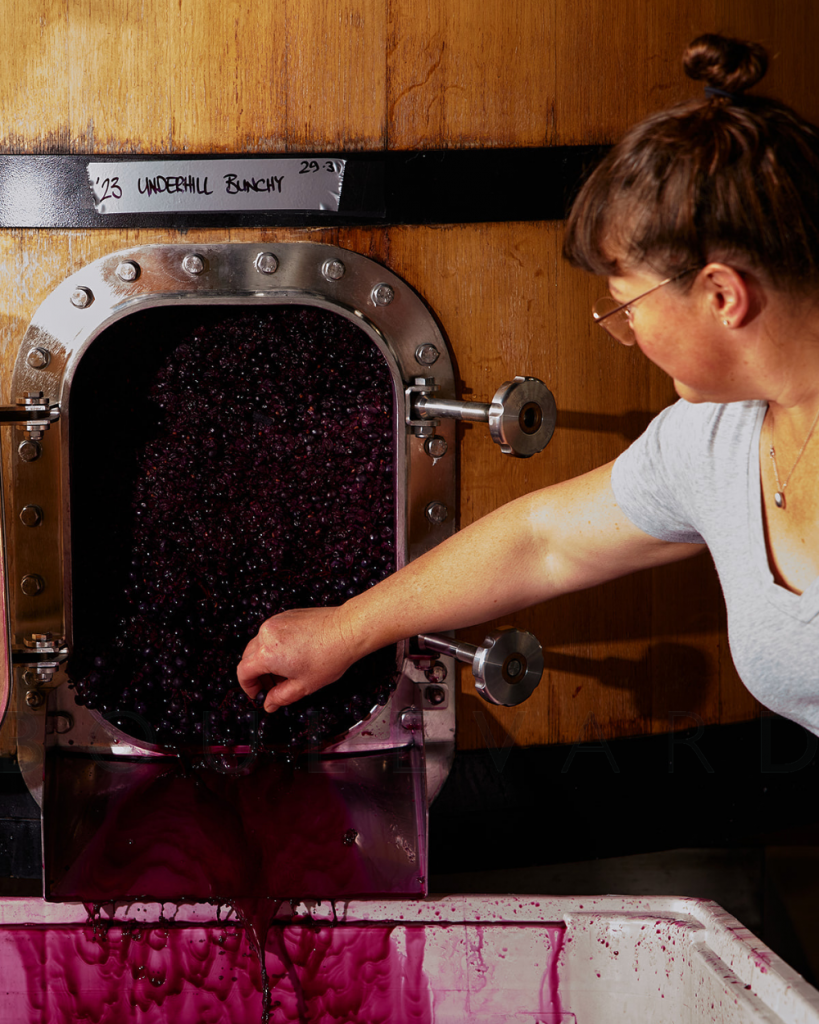
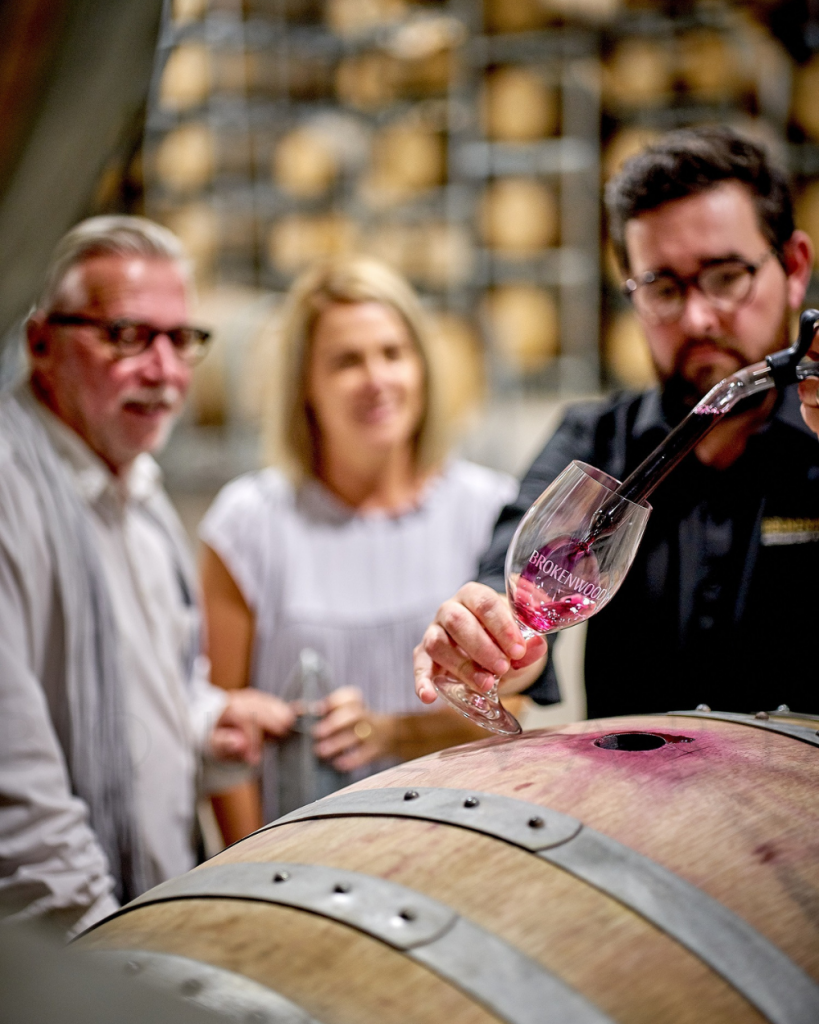
Blvd: In Langtons case, you’ve expanded to accommodate retail events, even more auction offerings and even brokerage services. Where do you see the business growing from here? How do you see the classification and your services changing with the times?
Grischy: Right now, we’re really focused on growing our digital space. I think the big difference with our brand and where we need to go and what we’ll be expanding on is these physical bespoke personalised experiences.
When I say physical, I mean experiences where people can taste and enjoy wine with their family and friends. We’re personally creating bespoke events, whether it’s at homes or at really unique locations, where they can really enjoy the finest wines with the finest kind of sensory experience. We’ve done some really incredible wine dinners recently that were well attended and oversubscribed, inviting high-net-worth customers. Our ultimate wine dinners have $35,000 bottles of wine for 12 people, at $15,000 a ticket.
We will be exploring more ways to bring that really personalised experience to our customers. And that’s what will set us apart. We want to tap into this space and create memorable experiences, the really emotional ones. When I opened up my wine the other day with my family, I saw to it that we dined with a nice piece of steak. It’s tradition, the way we open special bottles. How do you capture that? That’s always the challenge.

